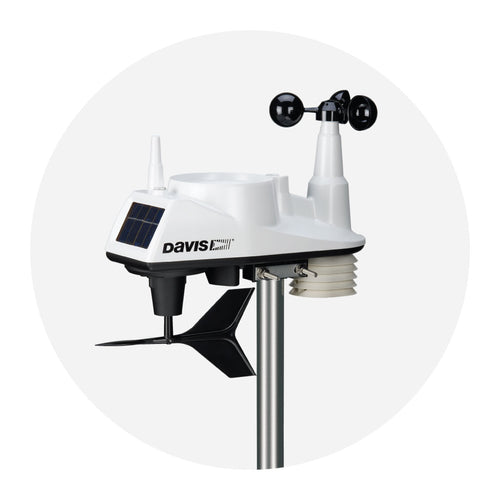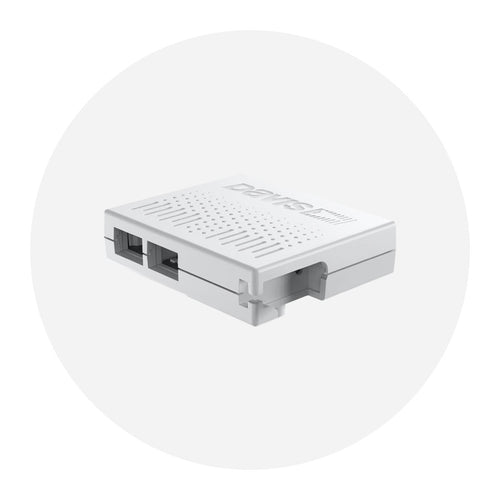Boat waterline stains, also known as waterline marks or scum lines, refer to the discoloration or staining that occurs along the waterline of a boat's hull. These stains are caused by various factors, including organic growth, mineral deposits, and pollutants in the water. Boat waterline stains are common and can be unsightly, but they can also indicate underlying issues that need to be addressed.
What are some causes of boat waterline stains?
Common causes of boat waterline stains include:
Algae and Marine Growth: Marine organisms such as algae, barnacles, and other microorganisms can attach themselves to the hull below the waterline. Over time, their growth and accumulation can lead to discoloration and staining.
Mineral Deposits: Minerals present in the water, such as calcium and magnesium, can leave behind deposits on the hull's surface. These deposits can create a crusty or chalky appearance and contribute to waterline stains.
Oil and Fuel Residue: Oil, fuel, and other pollutants in water can adhere to the boat's hull, particularly along the waterline. These substances can create dark stains and are often difficult to remove.
Environmental Factors: Factors such as the water's salinity, temperature, and pollution levels can affect the severity and type of waterline stains. Different regions and bodies of water may present varying challenges in terms of stain formation.
How can I prevent or remove boat waterline stains?
To prevent and address waterline stains, regular boat maintenance is essential. Here are some methods for managing and removing boat waterline stains:
Regular Cleaning: Regularly cleaning the boat's hull, particularly the waterline area, helps prevent the buildup of algae, barnacles, and other marine growth. Scrubbing the hull using appropriate cleaning agents (such as FSR) or mild solutions can help remove stains and keep the surface clean. Specialized tools like the Scrubbis Hull Cleaning Kit can make the job more manageable.






















